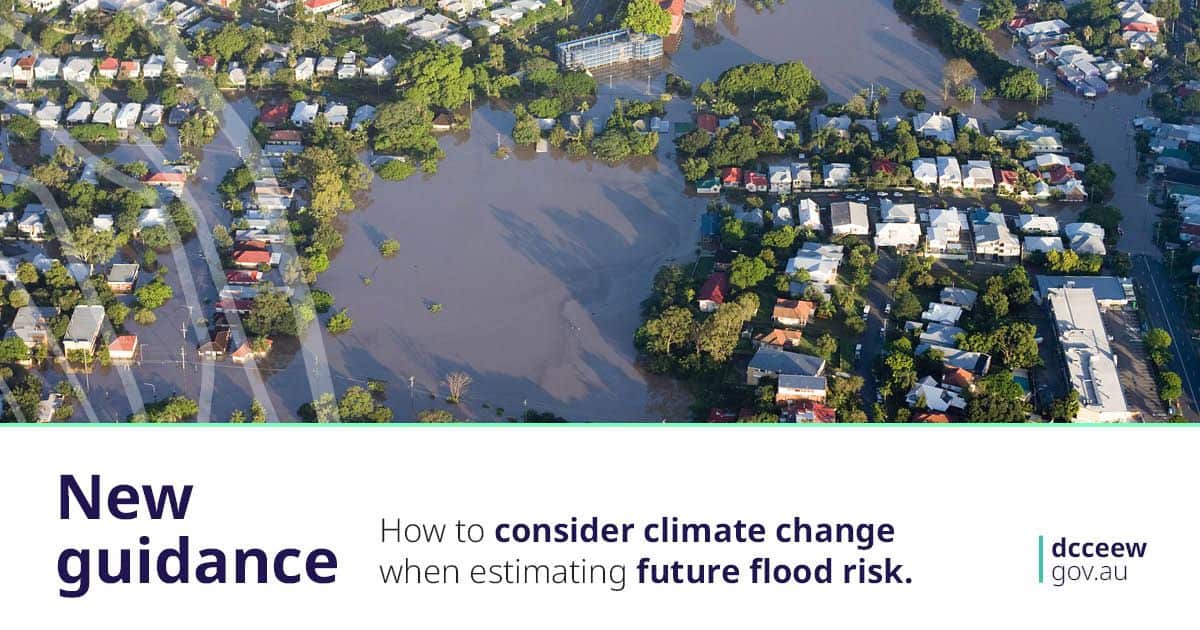
The Australian Rainfall & Runoff (ARR): A Guide to Flood Estimation guidelines have been updated to version 4.2 with improved guidance on how to consider climate change when planning for future floods.
Watercom is pleased to see the release of ARR’s Climate Change Considerations chapter, which incorporates the latest peer-reviewed climate change science, IPCC projections and observed data. It also reflects feedback received during an extensive period of industry consultation.
Key changes to the chapter include:
- Guidance on how to adjust rainfall frequencies to reflect current and future climate change.
- A move from uniform to variable rainfall adjustments. This reflects evidence that the duration of a storm matters for estimating how temperature affects rainfall, with shorter duration storms being significantly more affected.
- Worked examples to demonstrate how to apply the updated guidance.
To support best management practice (BMP), Watercom has developed and released a free tool to apply the latest climate change data to supplied rainfall data – the Climate Change Rainfall Modifier.
Published by Engineers Australia, the ARR chapter update was informed by both public consultation and stakeholder on an issues paper and the release of a draft chapter.
Australia’s Department of Climate Change, Energy, the Environment and Water (DCCEEW) and the ARR committee will be running workshops in the coming months to help users understand how the new guidance will relate to regulations.
The ARR guidance is available here, managed by GeoScience Australia on behalf of the Australian Government.
Application of the guidance is hoped to improve the disaster resilience of Australia’s built environment.





